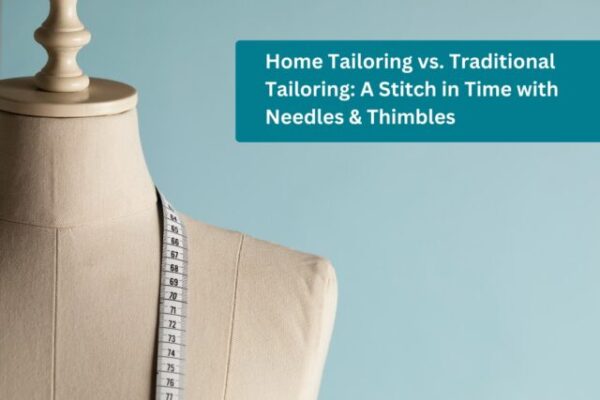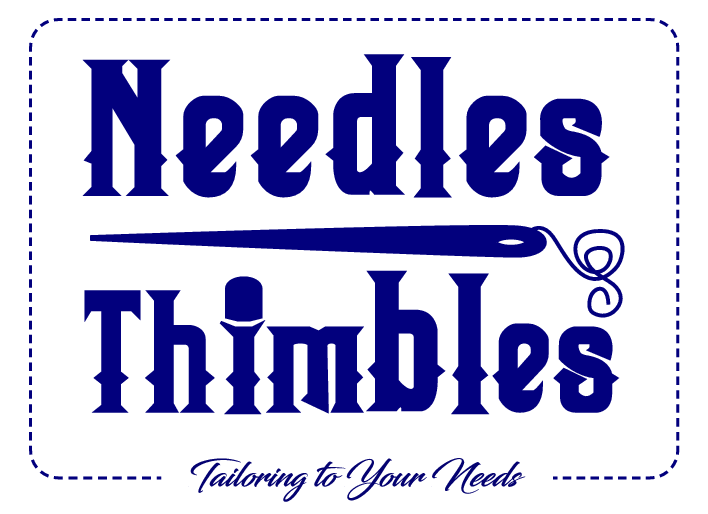Buttons for Suits exist in a variety of forms and sizes, and they may be created from a variety of materials. They can be used as ornamental accents or as a useful technique to secure a garment. Buttons are available in a wide variety of shapes and sizes, colours, and inventive materials. When you examine the vast array of buttons available, selecting the right ones might be a difficult endeavour. When it comes to selecting the ideal button for your product, size comes first, followed by style and, last, composition.
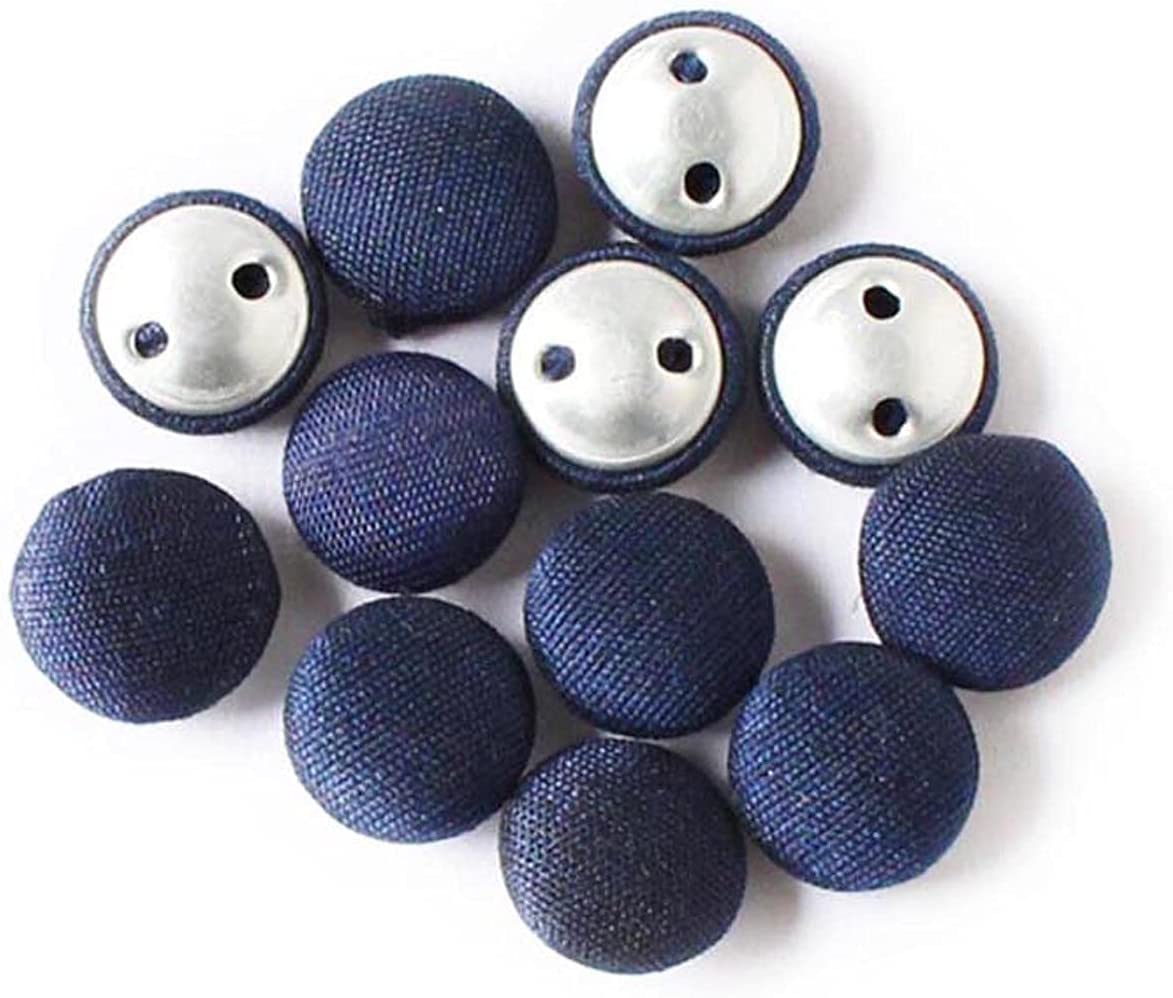
1. Covered Buttons
Covered buttons for suits are made up of two parts: the front (which is covered by the fabric) and the rear, which is sewn to the clothes. Covered buttons with a plastic core and covered buttons with a metal core are available in a variety of sizes and forms, including flat covered buttons, domed covered buttons, and half ball covered buttons.
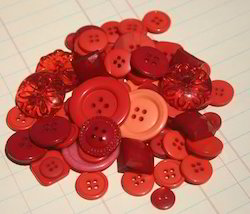
2. Garment-Dyed Buttons
Garment dyeing is a process for colouring completely fashioned linen and cotton clothing. These buttons for suits are white and porous in order to absorb more colour. With ever-shorter lead times in fashion
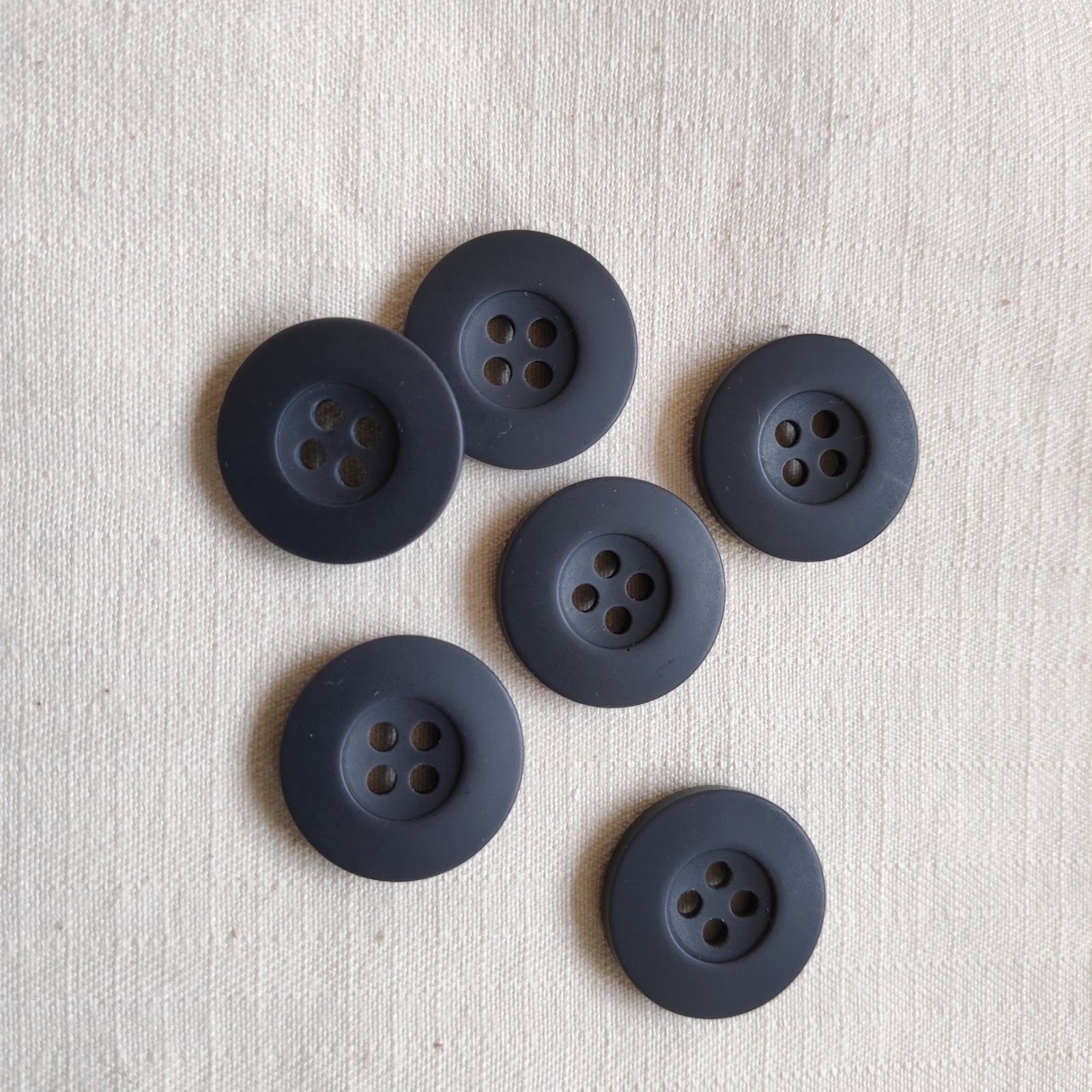
3. Plastic Buttons
Polyester buttons may replicate any material, even some that are fully real, such as horn.This adaptable material, with its limitless colour possibilities, enables our customer to build a wide range of bespoke buttons in a variety of forms and sizes to fit their brand’s requirements. Our outerwear buttons, in addition to shirt buttons, are quite popular.
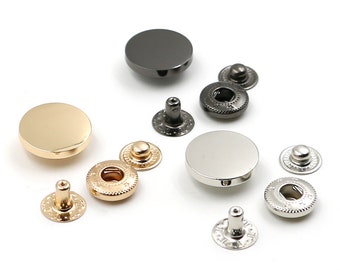
4. Popper Buttons
Poppers are typically spherical and feature a male and female component that attaches to the other. One of the nicest aspects about discovering poppers is that they are available in both silver metal and a range of beautiful colours when manufactured of plastic. These snaps are just as strong and dependable as metal snaps, plus the diversity of colours can make any clothing look more appealing.
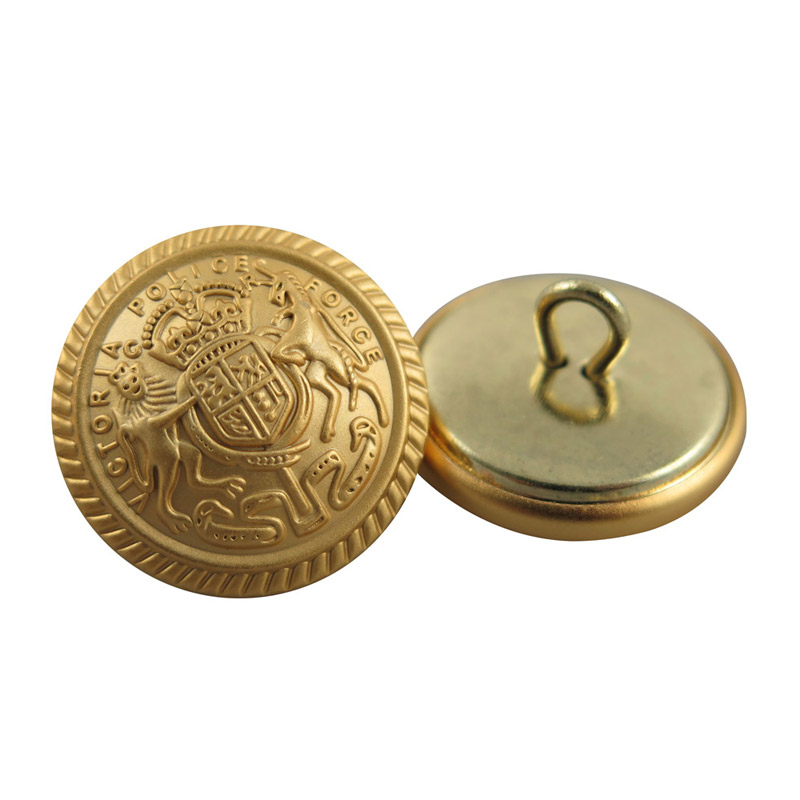
5. Shank Buttons
A shank button has a little loop or hole on the back of it rather than holes in the middle, and this loop is what you thread your needle through while sewing the button onto your dress or other goods. Shank buttons for suits can also have an elevated area at the rear of the button that houses the hole, which is useful when you want your buttons to have a little raised appearance.
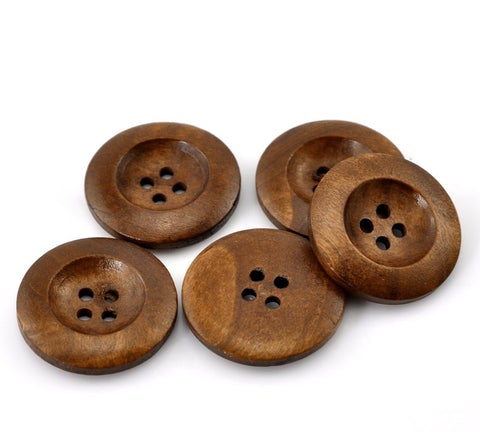
6. Wooden Buttons
Wood creates one-of-a-kind, long-lasting buttons. Wood buttons feature a variety of textures and patterns in their natural condition, but they may also be painted in a variety of colours.
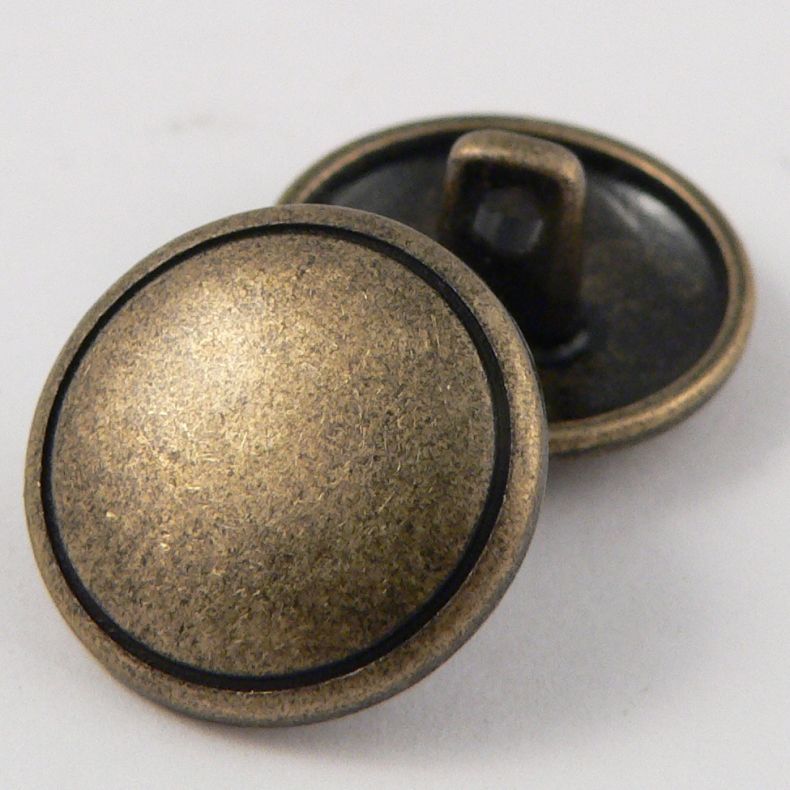
7. Metal Buttons
Buttons have been created in a variety of metals. For generations, brass buttons have been an important feature of the military uniform. Metal buttons for suits can be embossed or stamped with logos to provide a sense of sophistication. They are quite versatile since they may be polished, grooved, hammered, or ridged.

8. Leather Buttons
Leather buttons are durable and provide a prestigious touch to outfits. Genuine leather and imitation leather have long been used to produce buttons. Because it resembled an old leather football, one of the earliest leather buttons was known as the football button.
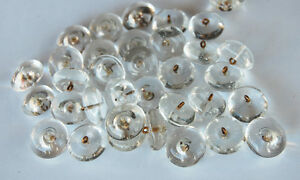
9. Glass Buttons
Glass buttons come in a wide range of colours and sizes, as well as in a variety of shapes and sizes. Glass buttons for suits are recyclable and lend a touch of refinement and personality to a product. Glass buttons may be utilised in a variety of ways, including clothing, jewellery, home décor, and DIY crafts. Each lovely glass button shines with a stunning display of colour, and the embellishments are amazing.
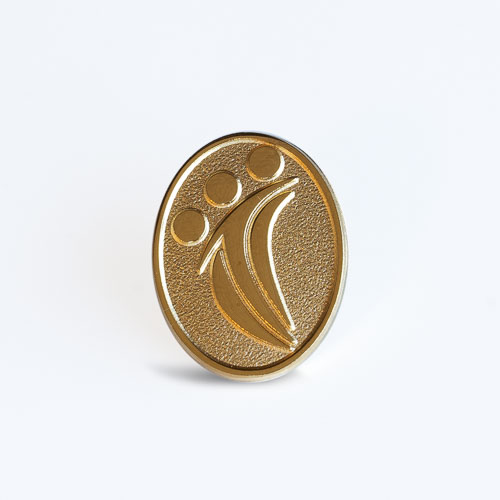
10. Lapel Buttons
Lapel buttons for suits are often connected to the lapel with a small, thin, pointed device that connects to your clothes or with a backing that snaps on for a more permanent attachment.





